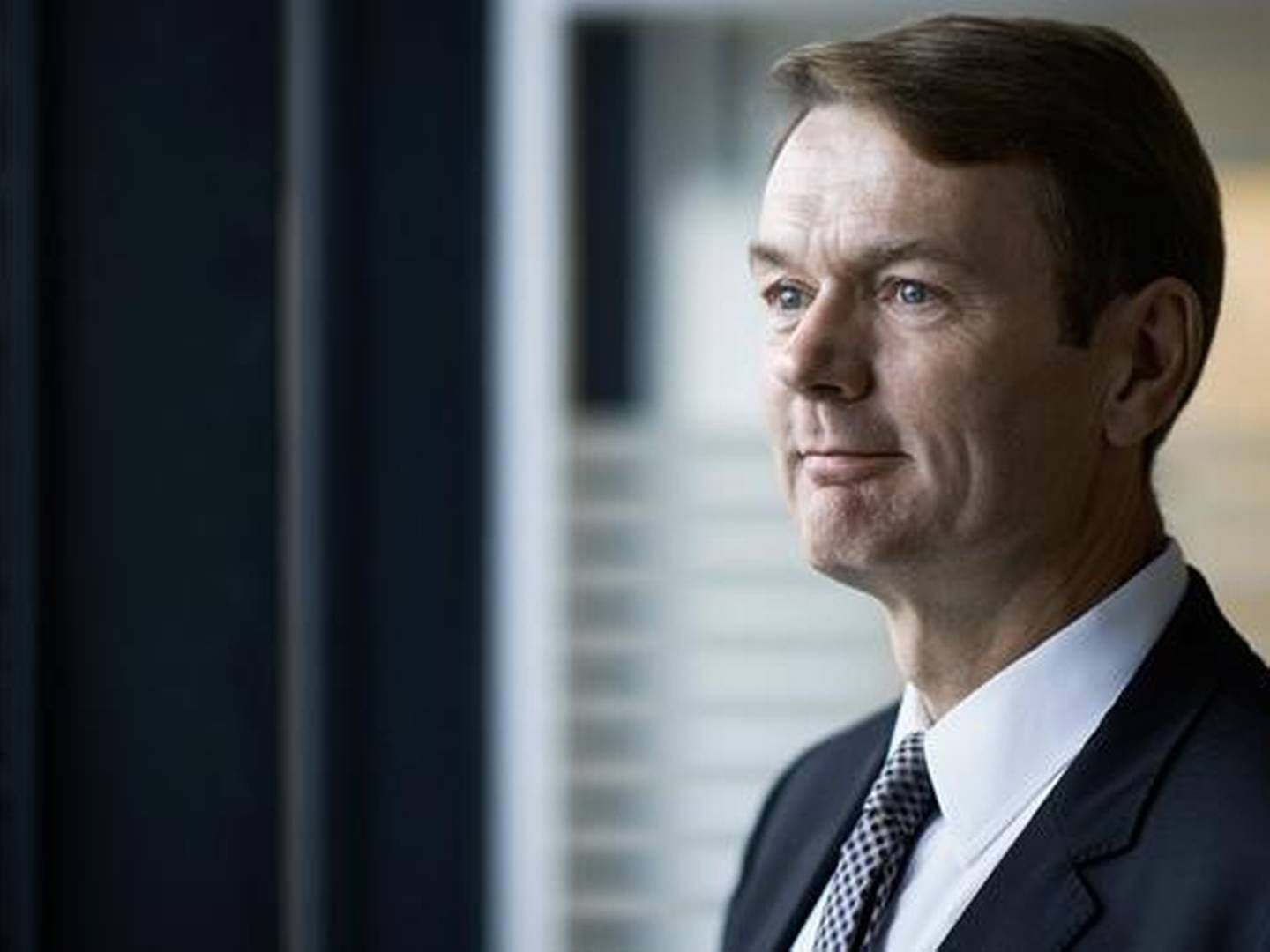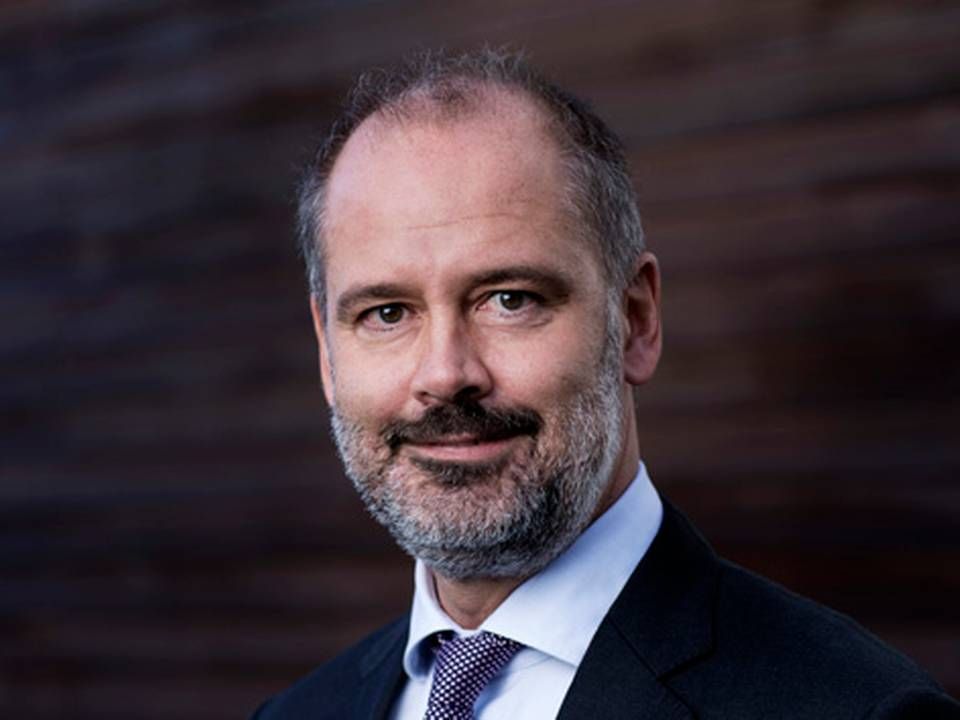BNY Mellon is losing leverage in the Nordic countries
.rt.jpg)
(Correction: Numbers adjusted due to wrong currency: BNY Mellon Asset Management in the Nordics has gone from managing USD 7 billion to now managing USD 5 billion in two years. FW Asset Management apologizes. Corrected at 4.15 pm.)
In just two years, BNY Mellon's Nordic division lost 28.6 percent of its assets under management. This needs to change, and BNY Mellon is now introducing two new funds tailored to the Nordic audience.
The numbers speak for themselves. BNY Mellon Asset Management in the Nordics has gone from managing USD 7 billion to now managing USD 5 billion in two years.
A significant decline that the American giant asset manager ascribes to the increasing preference for internal management, increased focus on expenses, and the entry of ETF's in portfolios everywhere.
FWAM had a talk with Norwegian-born Jens Steen who is head of Nordic Investment Management for BNY Mellon.
"There has been a lot of change in the business over the past 10 years, such as going from using external managers to a quickly accelerating use of internalization. It's mainly in the Nordic countries that this trend has gained momentum. The Netherlands followed, but they're not in as deep as the Nordics," says Steen.
Among others, he points to ATP, PFA, and Danica Pension in Denmark, but also some Finnish pension funds that have increasingly drawn their asset management back into the organization instead of outsourcing. This can be felt at BNY Mellon.
"You usually start with the fixed income part where you already have internal competences. In Denmark, Finland, and Sweden, for example, we can invest in that. We can also deal with European stock from the Nordics. BNY Mellon enters the picture as external managers who can contribute with global mandates, or country or region specific mandates that cover e.g. Asia or Brazil. Those markets are difficult to gain deeper insight into from a Nordic point of view. Building knowledge of every institution is expensive, and that's where they can use us or someone else," says Steen.
The increased withdrawal of asset management is also happening as a consequence of decreasing yields and the attending focus on expenses.
"The intent is to reduce expenses. Why pay 50 basis points for a product when you could pay someone in the corner of the office 3 basis points to cover the same geographic region or asset class? Whether they produce the same results is an entirely different story," says Steen, with raised eyebrows.
The pressure on expenses is particularly hard in the Nordic region, where there is more competition and more transparency, and this is clearly felt, Steen explains:
"Compared to the international market, we focus more on expenses in the Nordics. In certain parts of Europe, a pension fund is willing to pay 75 basis points for an investment product, while in the Nordics, the same thing would go for 39-41 basis points. There's much higher pressure on prices in the Nordics – more competition, again due to an increasing number of customers choosing to shift to in-house management instead of outsourcing."
Index tracker trend is also a contributing factor
For his next point about the vanishing billions under management, Steen points to the entry of ETF's in the investment world.
Most recently, Financial Times published an article which stated that USD 350 billion went from active management to passive investments last year, an article that Steen refers to several times during the interview. He seems slightly shaken that such vast amounts of money could go from active to passive investments.
"The big focus on expenses results in institutional investors using passive products. For example, it says on the AP Foundations' websites that Total Expense Ratio is about 17 basis points," says Steen.
But BNY Mellon also offers index trackers via its subsidiary company Mellon Capital.
"Obviously, Ishares, Vanguard, and State Street are the biggest providers in passive index products, along with dbX tracker (Deutsche Bank). What makes us stand out from this crowd is that, via Mellon Capital, a subsidiary company under BNY Mellon, we can provide tailored products that aren't available anywhere else on the market. We make smart beta products with varying yields depending on different factors in the development in the markets," Steen explains in regard to Mellon Capital's products.
The business structure in BNY Mellon makes the company similar to a library. You can borrow (buy) almost anything you want from different sections in the library. The sections in BNY Mellon consist of 14 independent companies that BNY Mellon has acquired, whose products they then sell to institutional investors and banks by means of white labeling. That means the product is manufactured in one place, but packaged and sold under another brand name by another company.
A little more zest to everyday life
The next point about internalization and focus on expenses is that many companies in the Nordic countries want to hold on to their employees for a longer time than what has been the prevailing custom in recent years.
Steen believes that, in an attempt to keep employees around a little longer, companies try to add a little more zest to their ordinary day by letting them try their strength on more challenging tasks.
Furthermore, the departments that PFA, ATP, and others set up when endeavoring to cut down expenses and give employees more incentive to stay, are a threat to companies like BNY Mellon because customers suddenly turn into rivals. Many institutions that take home their asset management then start offering their services to smaller institutions in the same field. This results in competition for e.g. BNY Mellon.
At BNY Mellon, this is evident in the number of requests for proposals (RFP), a number that has been steadily declining for the past two years. Despite RFPs taking a couple of weeks to calculate, Steen and his colleagues aspire to go through the trouble of making them more frequently in 2017 than they did in 2016. Hope for the future is that more employees will be hired to safeguard the Nordic region in case the market grows again. Jens Steen is convinced that it will:
"It's like a pendulum. It always swings from one type of scenario to the other. Right now we are at a point when asset management is experiencing intense internalization in the Nordic countries. But let's see how long it takes before outsourcing comes back. I'm optimistic about the future," says Jens Steen.















